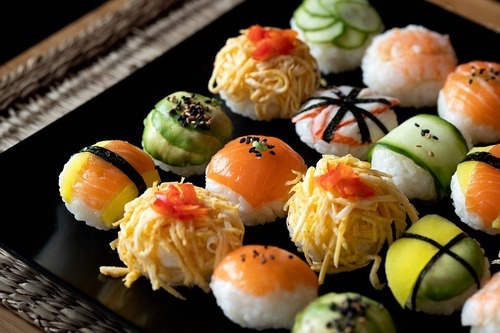
It is not a surprise that Japanese foods are popular all over the world. Japanese foods are produced from nutritious and mouth-watering ingredients, not to mention its remarkable presentation also makes Japanese cuisine highly prized. Did you know that Japanese food features in UNESCO’s Intangible Cultural Heritage list? Indeed, it does.
Tokyo has the most restaurants of any other city in the world, for all the good reasons. Tourists fill Tokyo’s eateries to experience some of Japan’s dishes. Here are some fascinating facts about the history of Japan’s popular dishes.
Sushi
Sushi is believed to have been first prepared somewhere between the fifth and third centuries BC. The original form of sushi was known as the narezsushi, created out of necessity when farmers working along the rivers sought ways of preserving the fish they caught. Part of the preservation meant that the fish could ferment in the process, making it tastier. While sushi remains a staple in Japan, there have been significant variations of the sushi concept.
Tempura
This mainstream Japanese food is believed to have been introduced in Japan in the 16th century. Originally from Portugal, this dish is considered classic Japanese food of vegetables, seafood, and vegetables. The Japanese quickly adopted the cooking style and later changed it to suit Japanese tastes, creating something unique in the process.
Ramen
Ramen is almost like a religion in Japan and is seen as an international icon of Japanese culture. Chinese immigrants introduced this food to Japan in the late 19th century, and how it became a favourite in Japan remains a mystery. With tourists flocking Japanese eateries to enjoy the Ramen, some museums have dedicated themselves to covering this yummy dish’s history.
Miso Soup
It is believed that more than 75% of Japanese take miso soup at least once every day. This food was first introduced to Japan by Chinese monks over a century ago in the form of a dish known as the hishio. This food was particularly popular in the 12th century when the Samurai warrior embraced it for its energy-giving properties. Its nutritional properties and the simplicity of preparation explain why it has consistently featured in Japanese tables ever since. For starters, once you try it, you might not be able to live without it.